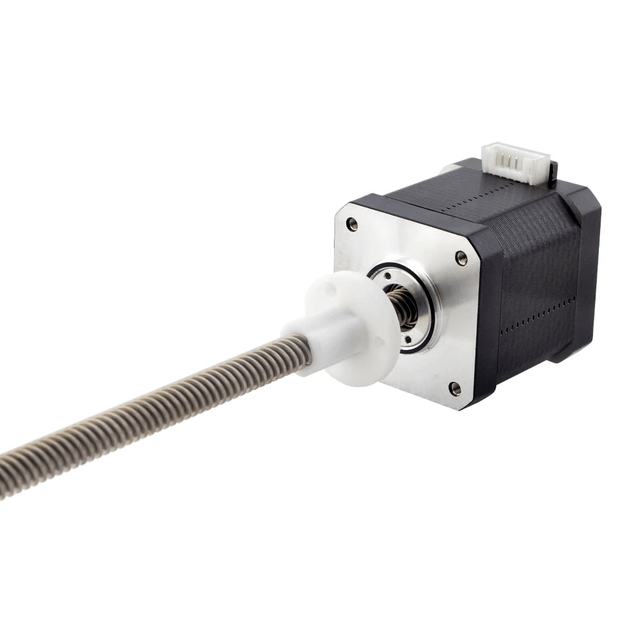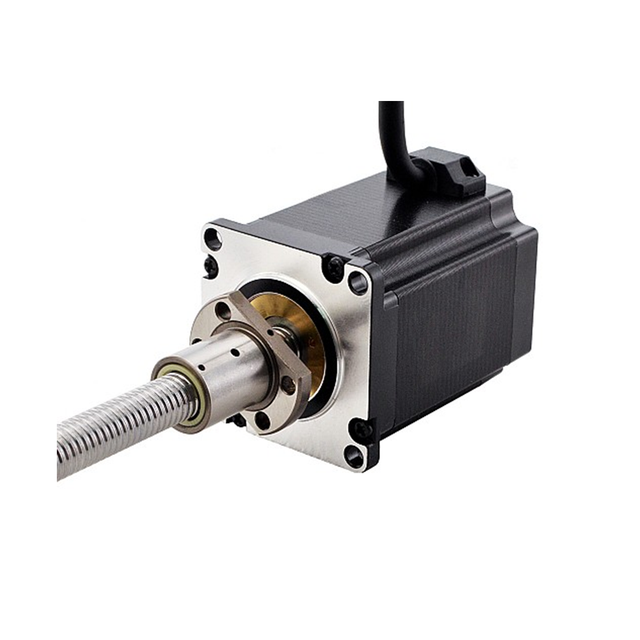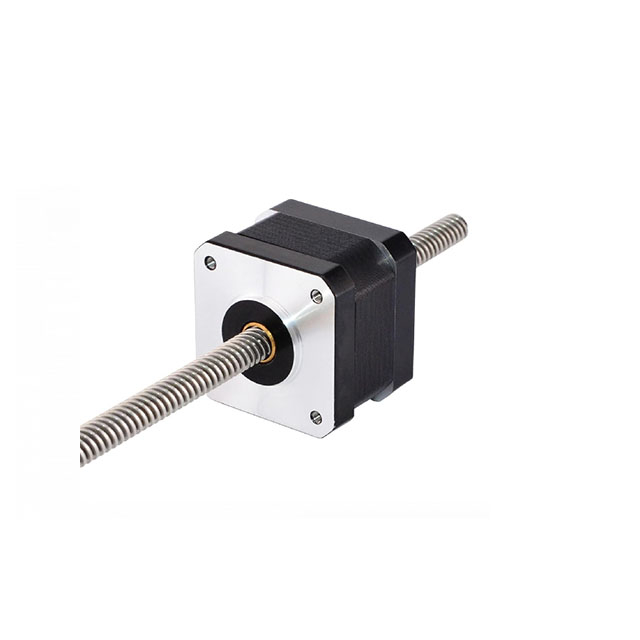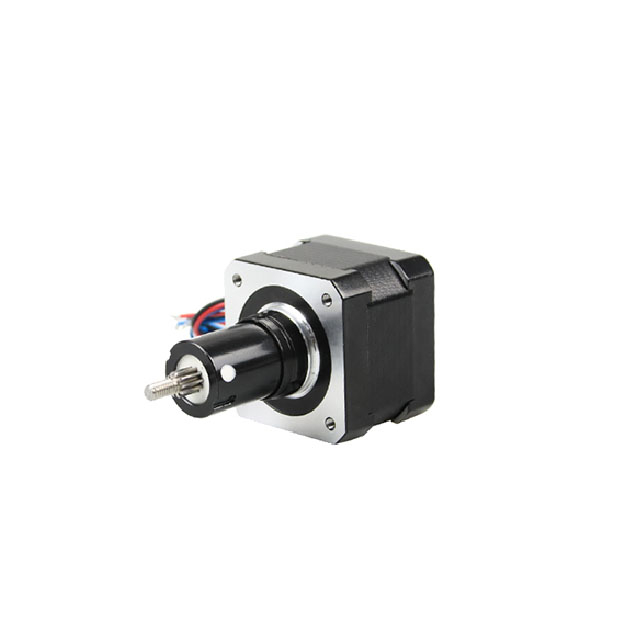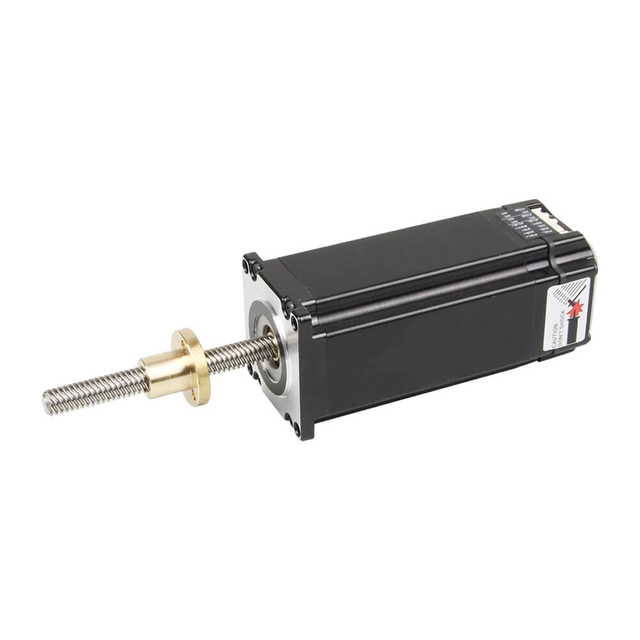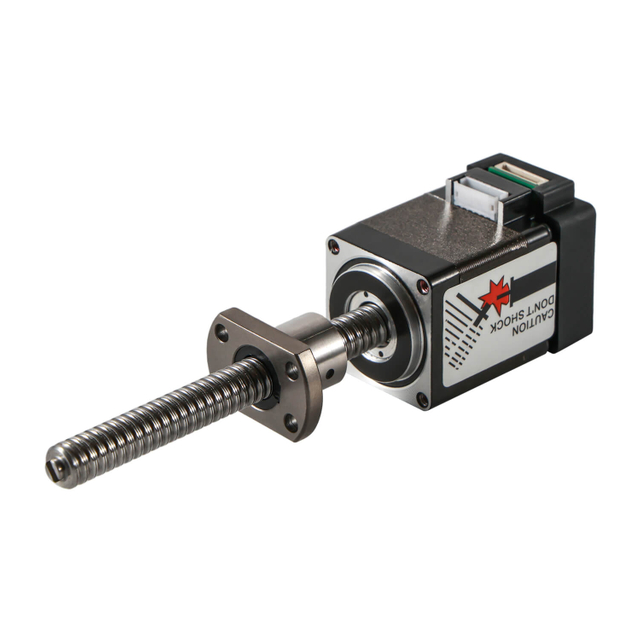
Linear actuators are foundational components in modern automation, enabling precise, controlled motion across industries such as manufacturing, robotics, healthcare, automotive, aerospace, and smart home systems. When a linear actuator fails, the consequences can range from minor operational delays to complete system shutdowns, safety hazards, or product defects. Understanding how, why, and what occurs during a failure is essential for preventing downtime and ensuring long-term system reliability.
This comprehensive guide explores the causes, symptoms, effects, and preventative measures associated with linear actuator failure—delivering critical insights for engineers, technicians, and decision-makers who rely on motion control technology.
Why Linear Actuator Failure Matters in Automation
Linear actuators are essential components in automated systems because they convert electrical, hydraulic, or pneumatic energy into controlled linear motion. When a linear actuator fails, it can directly disrupt the performance, safety, and efficiency of the entire automated process. This is why actuator reliability is critical in any automation environment.
Below are the primary reasons linear actuator failure has significant consequences:
1. System Downtime and Productivity Loss
Automation relies on continuous, precise motion. If the actuator stops working, the entire machine often comes to a halt. This results in:
In high-throughput environments, even small interruptions can be expensive.
2. Compromised Safety
Many automated systems handle heavy loads, hazardous materials, or high-speed operations. A failing actuator can cause:
In robotics, medical devices, and industrial machinery, actuator failure may create dangerous conditions.
3. Loss of Precision and Quality
Linear actuators provide consistent, repeatable positioning. When they fail, accuracy deteriorates, leading to:
Precision-dependent applications—such as CNC machines or laboratory automation—are especially affected.
4. Increased Maintenance and Repair Costs
A failing actuator often triggers:
Unplanned repairs are far more expensive than scheduled maintenance.
5. Potential Damage to Surrounding Components
If an actuator seizes, overheats, or operates erratically, it can strain other mechanical or electrical parts connected to it. This may cause:
Gearbox damage
Frame misalignment
Electrical overloads
Sensor failures
One failed actuator can cascade into broader system damage.
6. Reduced System Reliability and Customer Confidence
In sectors like medical technology, aerospace, or precision manufacturing, consistent reliability is essential. Actuator failures can:
Reduce trust in the equipment
Impact customer satisfaction
Lead to warranty claims or compliance issues
High-reliability automation depends on stable actuator performance.
Summary
Linear actuator failure matters in automation because these components are responsible for ensuring precise, safe, and continuous motion. When they malfunction, they compromise system safety, reduce productivity, increase costs, and impact product quality. Ensuring actuator reliability is therefore critical for maintaining efficient, predictable, and safe automated operations.
Common Causes of Linear Actuator Failure
Understanding the root cause of failure allows for better mitigation and component selection. The most common causes include:
1. Mechanical Overload
Excessive loads beyond the actuator's rated capacity can cause:
Overloading is one of the fastest ways to shorten actuator lifespan.
2. Electrical Overload or Short-Circuiting
Electrical issues may arise from:
Voltage spikes
Faulty power supplies
Improper wiring
Moisture ingress
Electrical failures can permanently damage control electronics or motors.
3. Overheating
Actuators may overheat when:
Excessive heat accelerates insulation breakdown and motor failure.
4. Environmental Contamination
Dust, water, chemicals, or extreme temperatures can degrade:
Bearings
Motor windings
Seals
Sensors
Improper IP rating selection is a major contributor to this issue.
5. Wear and Tear
Continuous operation causes:
Lead screw wear
Ball screw pitting
Gearbox degradation
Seal erosion
Over time, this results in reduced performance or complete mechanical lock-up.
6. Inadequate Lubrication
Lack of lubrication leads to:
This is especially critical for mechanical actuators with screw-driven systems.
Symptoms That Indicate a Linear Actuator Is Failing
Linear actuators are designed to deliver smooth, reliable linear motion, but like any mechanical or electromechanical device, they show early warning signs before a complete failure occurs. Recognizing these symptoms helps prevent downtime, protect equipment, and avoid costly repairs.
Below are the most common indicators that a linear actuator may be failing:
1. Reduced Speed or Slower Operation
If the actuator begins moving more slowly than usual, it may signal:
Mechanical wear
Increased internal friction
Weak motor performance
Low voltage or unstable power supply
Contamination affecting the drive mechanism
A gradual reduction in speed is a strong early warning sign.
2. Abnormal or Unusual Noise
Healthy actuators typically operate quietly. If you hear new or unexpected sounds such as:
Grinding
Clicking
Scraping
Humming
Rattling
it often indicates internal issues such as worn gears, bent screws, damaged bearings, or loose components.
3. Inconsistent or Jerky Movement
Erratic or uneven linear motion can result from:
Jerking or hesitation is a sign that the actuator is struggling to maintain normal mechanical function.
4. Stalling or Stopping Mid-Stroke
An actuator that stalls during operation may be experiencing:
Stalling under load indicates mechanical or electrical stress that may lead to full failure.
5. Excessive Heat During Operation
Overheating is a critical symptom that should never be ignored. Heat buildup may come from:
If the actuator becomes too hot to touch or repeatedly triggers thermal protection, failure is likely imminent.
6. Increased Power Consumption
A sudden rise in current draw means:
Mechanical resistance is increasing
Motor windings are failing
There is friction due to wear or contamination
Monitoring power consumption can reveal hidden problems before they become severe.
7. Unexpected Vibrations
Vibration or shaking during operation can indicate:
Misaligned components
Damaged gears
Imbalanced loads
Worn bearings
Persistent vibration often leads to further mechanical damage if not addressed.
8. Loss of Positioning Accuracy
If the actuator fails to reach precise travel points or produces inconsistent stroke lengths, possible causes include:
This symptom is especially critical in robotics, automation, and CNC machines.
9. Electrical Odor or Burning Smell
A burning smell or unusual electrical odor suggests:
This is an urgent warning sign requiring immediate shutdown and inspection.
10. Unresponsive or Intermittent Operation
If the actuator only operates intermittently—or doesn't respond at all—the problem may come from:
This behavior often precedes complete actuator failure.
Summary
Recognizing early symptoms of actuator failure helps prevent unexpected downtime and costly damage. Slowing speed, strange noises, overheating, vibration, loss of accuracy, and inconsistent motion are all major signs that maintenance or replacement is needed. Prompt attention to these symptoms ensures safer and more reliable operation of automated systems.
What Happens When a Linear Actuator Fails?
When a Linear actuator finally reaches failure mode, the effects can be severe.
1. Complete Mechanical Lock-Up
A seized actuator cannot move, causing:
Mechanical lock-up is common in worn screws or gearboxes.
2. Loss of Positioning Accuracy
Actuator failure may cause:
In precision systems, this can lead to product defects or alignment problems.
3. Electrical Shutdown
The actuator may:
Electric motor burnout typically results in irreversible failure.
4. Irregular or Unpredictable Motion
Erratic displacement can create major safety hazards, especially in:
Robotic systems
Medical equipment
Automated machinery
This behavior often suggests sensor or control feedback failure.
5. Excessive Noise and Vibration
These symptoms indicate irreversible internal component failure and typically precede complete breakdown.
6. Overheating Leading to Permanent Damage
When thermal protection fails:
Motors may melt insulation
Mechanical interfaces deform
Control electronics burn out
Overheating is one of the most destructive modes of actuator failure.
Impact of Linear Actuator Failure on System Performance
When an actuator fails, the system experiences:
1. Downtime and Productivity Loss
Machines cannot perform their intended motion, halting operations.
2. Safety Risks
Uncontrolled movement or sudden stops can endanger operators.
3. Reduced Product Quality
Precision-based processes become unreliable.
4. Increased Maintenance Costs
Emergency repairs are far costlier than scheduled maintenance.
5. Reputational Impact
In industries like medical devices or robotics, reliability failures affect customer trust.
How to Prevent Linear Actuator Failure
Preventive measures significantly improve operational reliability.
1. Choose the Right Actuator for the Application
Correct selection ensures compatibility with:
Load
Speed
Duty cycle
Operating environment
Required precision
2. Implement Regular Maintenance
Maintenance should include:
3. Use Correct Power Supply and Protection Devices
Stabilized power reduces electrical stress.
4. Avoid Overloading and Duty Cycle Violations
Use load monitoring or torque sensors when possible.
5. Ensure Proper Environmental Protection
Select actuators with adequate IP rating for exposure to:
Water
Dust
Chemicals
Temperature extremes
6. Monitor for Early Warning Signals
Real-time diagnostic systems can prevent unexpected failures.
What to Do When a Linear Actuator Fails
When a linear actuator fails, fast and informed action helps prevent further damage, reduce downtime, and restore system functionality safely. Whether the actuator is part of industrial automation, robotics, medical equipment, or a simple home mechanism, following the correct steps is essential.
Below is a practical guide outlining the actions you should take when a linear actuator stops working or shows signs of failure.
1. Immediately Disconnect Power
The first and most important step is to cut off electrical power. This prevents:
Never attempt to force movement while power is still connected.
2. Inspect for Visible Obstructions or Mechanical Blockage
Check the actuator and surrounding area for:
A simple obstruction is often the cause of sudden actuator stoppage.
3. Check Electrical Connections and Power Supply
Loose or faulty wiring can mimic actuator failure. Inspect:
A multimeter may be used to verify power delivery.
4. Test the Actuator Without Load
Disconnect the actuator from the load and test it independently. If it operates correctly without the load:
The system may be overloaded
Misalignment may be causing resistance
The load may exceed actuator specifications
If it still fails, the issue is internal to the actuator or its controls.
5. Listen for Unusual Noises During Operation
Sounds such as grinding, clicking, or humming indicate:
This helps narrow down the source of the problem.
6. Check for Overheating
If the actuator is excessively hot:
Allow it to cool completely before further testing.
7. Verify Limit Switches and Sensors
Faulty sensors or misaligned limit switches often stop motion unexpectedly. Inspect:
End-of-travel limit switches
Magnetic or optical sensors
Feedback encoders
Position detection components
Correcting sensor alignment often restores normal function.
8. Examine Internal Components
If safe and permitted by the manufacturer, inspect:
If internal wear is advanced, replacement may be the only option.
9. Review the Control System
Sometimes the actuator is functioning but the controller is at fault. Check:
Resetting control parameters may resolve the issue.
10. Consult the Manufacturer or a Qualified Technician
If troubleshooting does not restore operation:
Contact the actuator manufacturer
Provide model details and symptoms
Request diagnostic support
Arrange professional inspection
Warranty coverage may apply if the actuator is relatively new.
11. Consider Replacement if Damage Is Severe
If the actuator shows:
Burnt motor windings
Stripped gears
Bent screws
Seized bearings
Repeated overheating
Replacement is often more cost-effective than repair.
Summary
When a linear actuator fails, the best course of action is to disconnect power, inspect mechanical and electrical components, test without load, evaluate sensors and limit switches, and troubleshoot the control system. If damage is extensive, replacement or professional service is recommended. Following these steps ensures safe recovery, minimizes downtime, and prevents further system damage.
Conclusion: Ensuring Long-Term Reliability of Linear Actuators
Linear actuator failure can create significant operational challenges, ranging from minor inefficiencies to total system shutdowns. By understanding the causes, symptoms, and effects of failure—and by taking proactive measures to prevent issues—organizations can maintain reliable, safe, and efficient automation systems.
Choosing high-quality actuators, performing routine maintenance, and monitoring system performance are essential steps for maximizing lifespan and minimizing downtime.
English
العربية
Français
Русский
Español
Português
Deutsch
italiano
日本語
한국어
Nederlands
Tiếng Việt
ไทย
Polski
Türkçe
ພາສາລາວ
ភាសាខ្មែរ
Bahasa Melayu
ဗမာစာ
Filipino
Bahasa Indonesia
magyar
Română
Čeština
Монгол
қазақ
Српски
हिन्दी
فارسی
Slovenčina
Slovenščina
Norsk
Svenska
українська
Ελληνικά
Suomi
Հայերեն
עברית
Latine
Dansk
Shqip
বাংলা
Hrvatski
Afrikaans
Gaeilge
Eesti keel
Oʻzbekcha
latviešu
Azərbaycan dili
Български
Català


